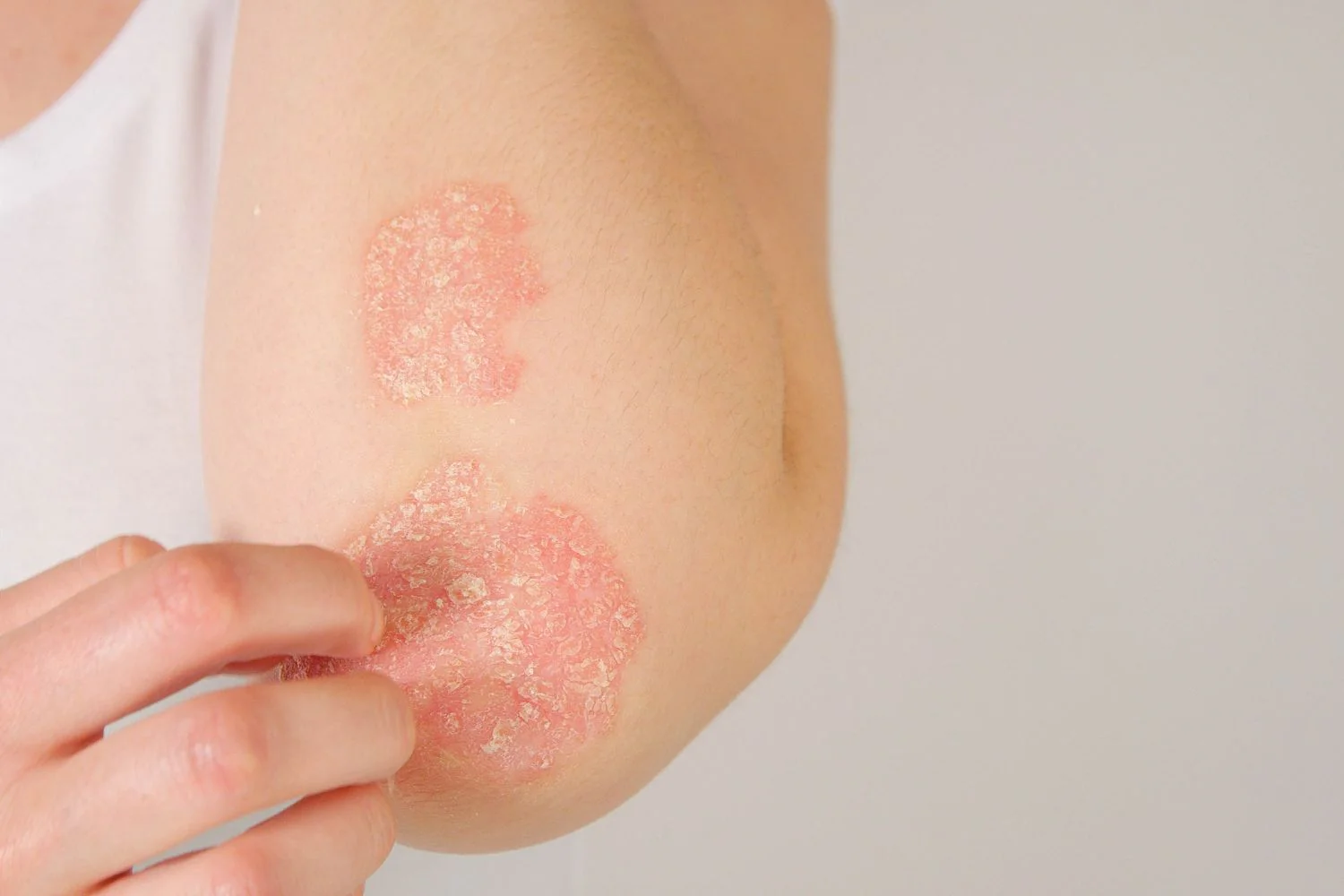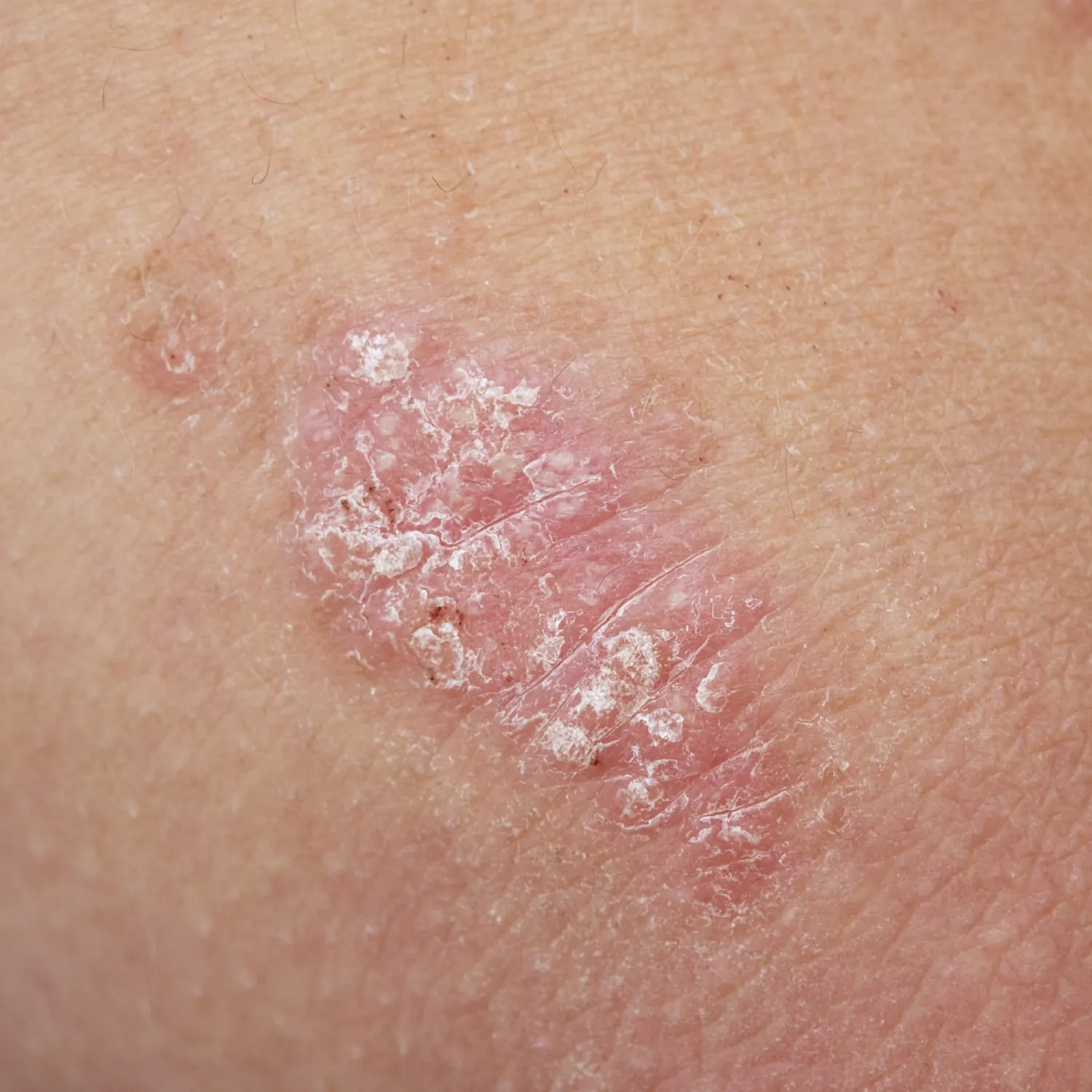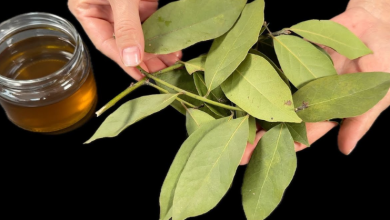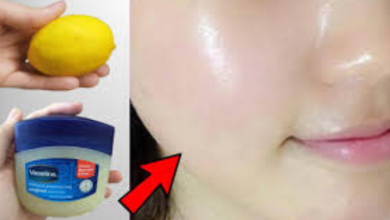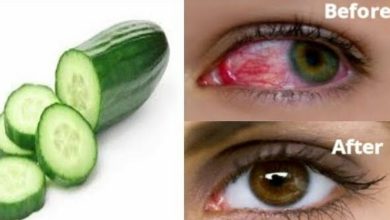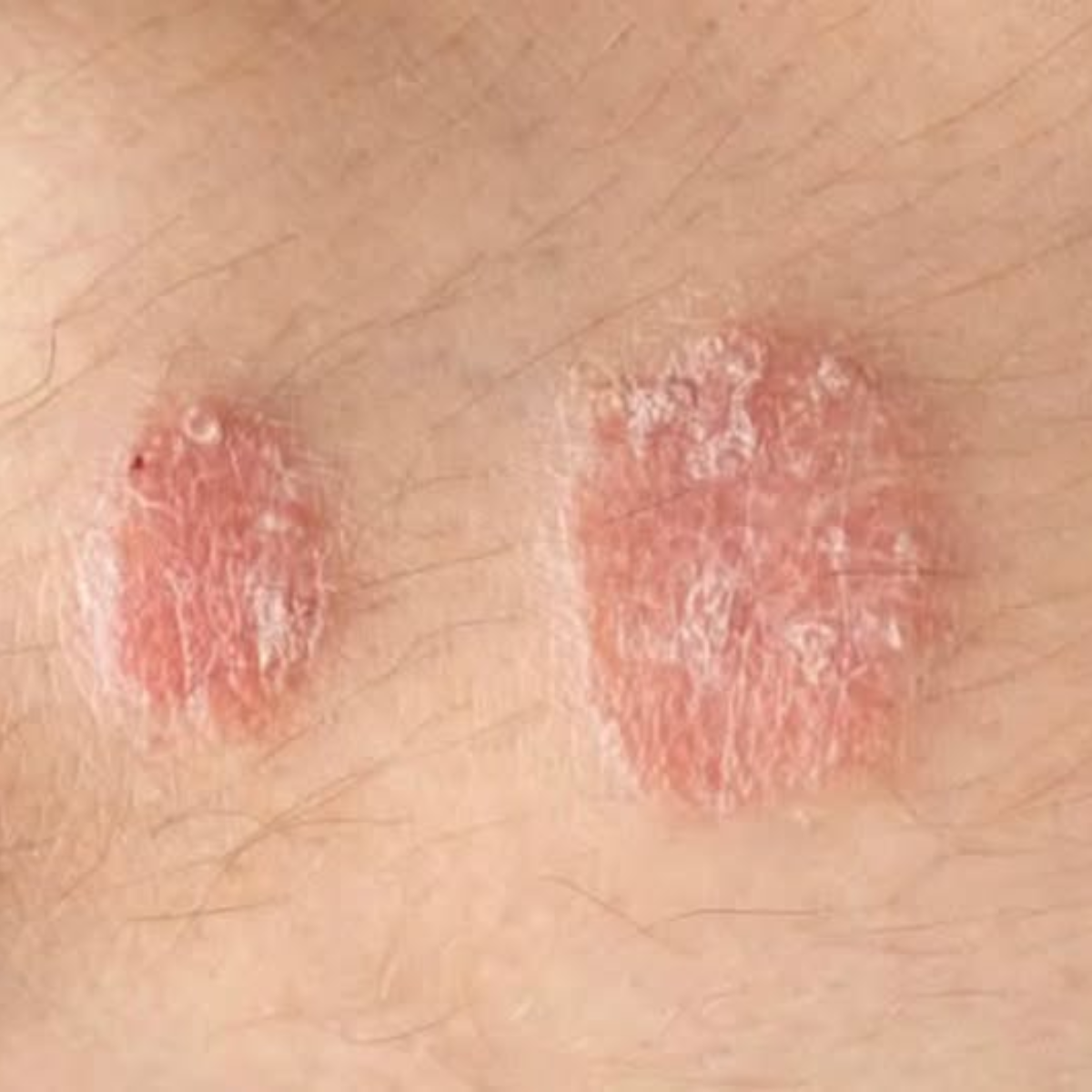
Psoriasis isn’t just a superficial skin issue—it’s an autoimmune disorder that can cause scaly patches, spots, or even affect the nails. Managing it properly is essential for maintaining overall health.
There are five different types of psoriasis, each presenting unique challenges. Recognizing the specific form you’re dealing with is key to effective management.
If you want to learn more about psoriasis, keep reading!
What is Psoriasis?
Psoriasis is an autoimmune condition that accelerates the skin cell lifecycle, leading to rapid buildup on the skin’s surface. This results in scales, redness, and inflammation.
The Mayo Clinic defines it as “a skin disease that causes a rash with itchy, scaly patches, most commonly on the knees, elbows, trunk, and scalp.” Though often misunderstood, psoriasis is a common chronic condition affecting more than 125 million people worldwide, including about 8 million in the U.S. It can be painful, disrupt sleep, and make it difficult to concentrate.
While its exact cause remains unclear, both genetic factors and environmental triggers contribute to its development.
The Five Types of Psoriasis
The National Psoriasis Foundation (NPF) identifies five main types of psoriasis. Each has a significant social and emotional impact due to its visible nature.
1. Plaque Psoriasis (Most Common)
Plaque psoriasis is the most prevalent form, marked by dry, itchy, raised skin patches covered in silvery scales. These plaques can appear anywhere but are most common on the elbows, knees, lower back, and scalp. On darker skin tones, they may heal with temporary discoloration (post-inflammatory hyperpigmentation).
Key Characteristics:
- Texture: Thick, scaly patches
- Color: Red or pink with a silvery overlay
- Itch Level: Ranges from moderate to severe
2. Guttate Psoriasis
Guttate psoriasis typically affects children and young adults and is often triggered by bacterial infections like strep throat. Unlike plaque psoriasis, guttate psoriasis appears as smaller, drop-like sores on the trunk, arms, and legs.
Key Characteristics:
- Size: Small, teardrop-shaped spots
- Trigger: Infections
- Common Areas: Torso and limbs
3. Inverse Psoriasis
This type occurs in skin folds such as the groin, under the breasts, and around the buttocks. Instead of scaly plaques, inverse psoriasis appears as shiny, smooth, red patches that worsen with friction and sweating. Fungal infections can also trigger flare-ups.
Key Characteristics:
- Texture: Smooth and shiny
- Location: Skin folds prone to friction and moisture
- Irritation: Aggravated by sweat and rubbing
Because of its location, keeping the affected area clean and dry is essential to prevent further irritation.
4. Pustular Psoriasis
A rarer but more severe form, pustular psoriasis is characterized by white pustules (blisters filled with non-infectious pus) surrounded by inflamed skin. It may be localized to areas like the hands and feet or spread across the body.
Key Characteristics:
- Appearance: Blisters filled with pus
- Symptoms: Often accompanied by fever or chills
- Severity: Can be limited to one area or widespread
Pustular psoriasis requires immediate medical attention. If you notice these symptoms, don’t ignore them—seek help right away.
5. Erythrodermic Psoriasis (Rarest & Most Severe)
This is the most extreme and potentially life-threatening form of psoriasis. It causes widespread redness, peeling, and severe irritation, often covering large portions of the body. It can be triggered by severe sunburn, infections, or abruptly stopping psoriasis treatment.
Key Characteristics:
- Appearance: Intense redness and excessive shedding of skin
- Symptoms: Severe itching, pain, and swelling
- Triggers: Sunburn, infection, or stopping treatment too quickly
If you experience erythrodermic psoriasis symptoms, seek medical care immediately.
Psoriasis and Nail Health
Psoriasis doesn’t just affect the skin—it can also impact nails, causing thickening, pitting, discoloration, or even detachment from the nail bed (a condition called onycholysis). Nail changes can also signal the early stages of psoriatic arthritis, a related autoimmune disorder affecting the joints.
Take Control of Your Health
Psoriasis comes in different forms, but understanding the signs can empower you to take action. If you notice symptoms, consult a dermatologist to receive the care and treatment you deserve. Prioritizing your skin health is essential for your overall well-being.


